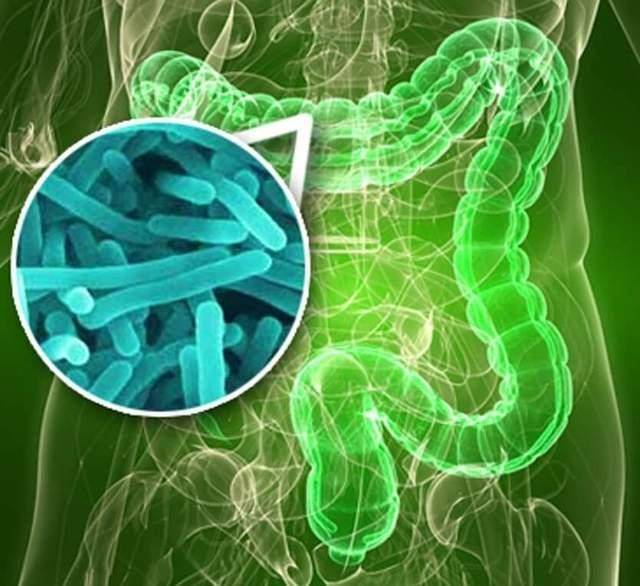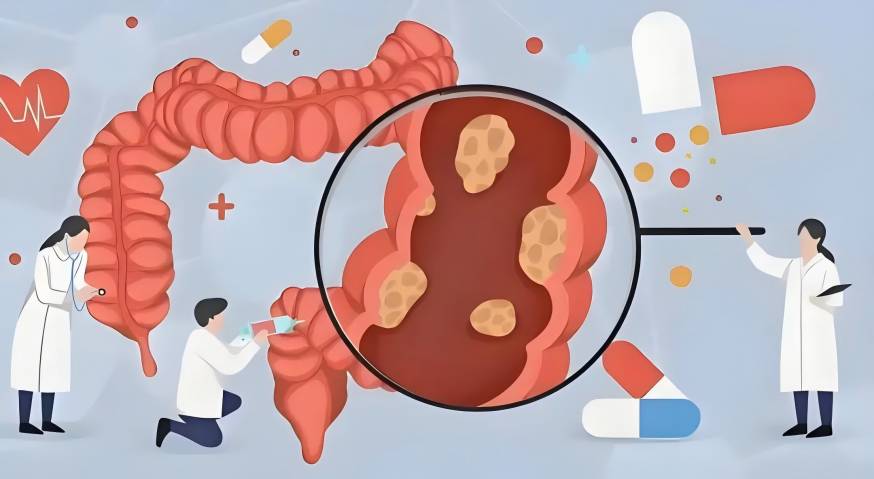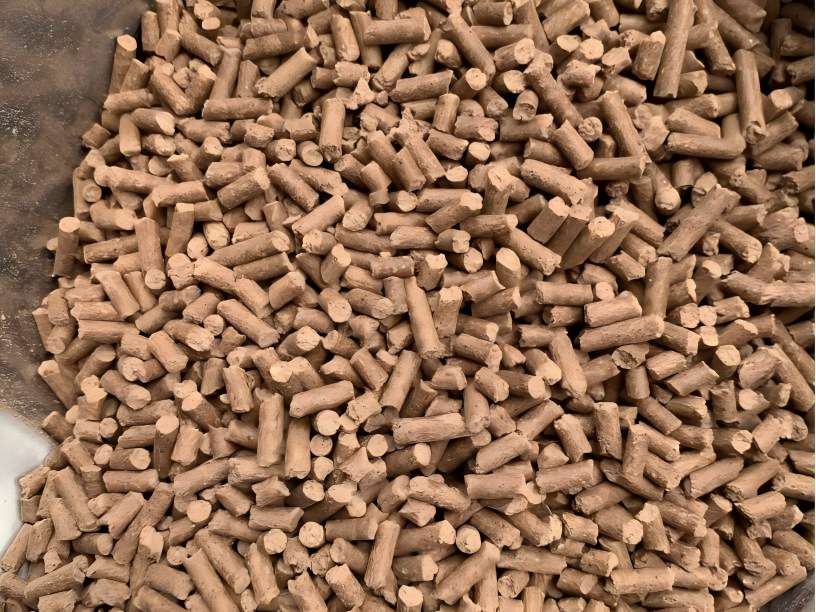Fructooligosaccharide (FOS) Ingredient Empowering Antibiotic-Free Feed Formulations
With the global ban on growth-promoting antibiotics in animal feed (e.g., in China and the EU), finding safe and effective alternatives has become an urgent need for the livestock industry. The risks of antibiotic resistance and health hazards associated with the inappropriate use of antibiotics have driven the industry toward more sustainable solutions. Prebiotics, particularly high-efficiency, stable fructooligosaccharides (FOS), are widely recognised as one of the ideal alternatives to antibiotics due to their exceptional ability to regulate intestinal health.
As a professional supplier specialising in high-quality plant extracts, we provide high-purity fructooligosaccharides (FOS) raw materials solution that comply with strict international regulations (FDA, EFSA). Our Fructooligosaccharides powder is produced through a fermentation process and specifically designed for the food, beverage, health supplement, and feed additive industries, helping your formulations address the ‘antibiotic-free’ challenge and enhance gut health in livestock.
1 Fructooligosaccharides: The Excellent Choice for the Next Generation of Functional Feed Additives
Fructooligosaccharides (G-F-Fn, n=1-3) are natural carbohydrates derived from sucrose, formed by the β-1,2 glycosidic bond linking D-fructose. With their unique physical and chemical properties, fructooligosaccharides are emerging as a highly efficient feed additive in the feed industry, offering innovative solutions for animal health and nutritional management.
Stable and Efficient, Suitable for Wide Applications
Oligofructose is heat-resistant and highly soluble, remaining stable at 120°C in a neutral environment, meeting the requirements of various feed processing needs. Its viscosity is similar to that of corn high-fructose syrup within the temperature range of 0–70°C and decreases with increasing temperature, facilitating production and application.
Diverse Functions, Enhanced Quality
· Moderate sweetness: Mild sweetness, slightly lower than sucrose, with better palatability.
· Process-friendly: Inhibits starch aging, resists discolouration, and has strong alkali resistance, enhancing feed quality.
· Long-lasting freshness: Excellent water retention and mould resistance extend feed storage life and reduce losses.
2 Oligofructose: A natural ally for animal gut health
The animal gut harbours a rich microbial community that interacts with the host to maintain a healthy gut environment. However, under special conditions such as intensive farming, gut microbiota balance may be disrupted, posing a threat to animal health.
Fructooligosaccharides (FOS) are natural prebiotics that effectively support the growth of beneficial gut bacteria, helping to maintain a stable gut microbiome. The core function of FOS lies in selectively promoting the proliferation of beneficial bacteria such as bifidobacteria and lactobacilli. These beneficial bacteria break down FOS to produce short-chain fatty acids (such as acetate, propionate, and lactate), creating a healthy acidic gut environment that inhibits the growth of harmful microorganisms.
Additionally, due to the unique structure of FOS (β-1,2 glycosidic bonds), which cannot be broken down by the digestive enzymes of animals, it can reach the large intestine intact and precisely target beneficial bacterial populations. This helps them form a protective barrier on the intestinal mucosa, reducing the attachment and reproduction of harmful microorganisms.

Research indicates that oligofructose, by regulating intestinal microbiota balance, not only improves animal intestinal health but also enhances overall immunity (Munoz et al., 2012; Roberfroid et al., 2010; Callaway et al., 2009). In the livestock industry, supplementing with oligofructose has become a safe and efficient nutritional strategy, providing natural support for animal health and growth.
This innovative discovery offers new solutions for the field of animal nutrition, making healthy farming more scientific and sustainable.
3 Oligofructose and Gut Health
Animal gut health is a comprehensive concept primarily encompassing efficient digestion and absorption functions, a stable microecological environment, good immune status, and overall health performance. This state is primarily maintained by three key factors: feed components, intestinal barrier function, and microbial communities (Pluske et al., 2018; Celi et al., 2017; Kogut and Arsenault, 2016; Bischoff, 2011).
3.1 Regulatory effects of oligofructose on the intestinal microbiota
As a high-quality prebiotic, oligofructose promotes the proliferation of beneficial bacteria such as bifidobacteria and lactobacilli while helping to maintain intestinal microbiota balance (Howard et al., 1995; Fishbein et al., 1988; Mitsuoka et al., 1987).
Numerous animal studies have confirmed the prebiotic properties of oligofructose:
• Adding 4% oligofructose to piglet feed significantly increased bifidobacteria levels in the intestine (Modesto et al., 2009)
• In weaned piglet trials, a 5% addition increased bifidobacteria levels in the colon (Gebbink et al., 1999)
• In broiler chicken trials, a 0.4% addition promoted the proliferation of bifidobacteria and lactobacilli in the small intestine and caecum (Xu et al., 2003)
With advancements in modern analytical techniques, our understanding of the mechanisms of action of oligofructose has deepened:
• A 0.5% addition can regulate the intestinal microbiota of broiler chickens (Geier et al., 2009)
• A 0.25% addition can increase the levels of lactobacilli in the intestines of broiler chickens (Kim et al., 2011)
• Calf trials found that daily supplementation with 5 g of oligosaccharides combined with probiotics can optimise the intestinal microbiota structure (Chen Fengmei et al., 2020)

3.2 Intestinal fermentation characteristics of oligofructose
Oligofructose undergoes microbial fermentation in the hindgut, producing various beneficial metabolites, including short-chain fatty acids. These metabolites not only provide auxiliary energy support for the body but also help maintain a healthy intestinal environment.
Multiple studies have confirmed the fermentation characteristics of oligofructose:
• Turkey trials showed that adding oligofructose can regulate intestinal pH (Jus'kiewicz et al., 2007)
• Pony trials indicated that daily additions of 8–24 g can increase the content of beneficial metabolites in faeces (Berg et al., 2005)
• In pig and mouse studies, oligosaccharides increased short-chain fatty acid production (Anthony et al., 2009; Ly Sun Yung et al., 2003)
• A mouse study found that a 5% addition selectively increased specific short-chain fatty acid levels (He Chen, 2020)
These findings demonstrate the application value of oligosaccharides as a functional ingredient in maintaining animal gut health.
4 Fructooligosaccharides: Scientifically validated solutions for gut health
As a well-recognised prebiotic ingredient, fructooligosaccharides (FOS) support the optimisation of animal gut structure and function through multiple mechanisms, thereby enhancing nutrient absorption efficiency. Research indicates that fructooligosaccharides significantly improve intestinal mucosal morphology, including regulating villus height, crypt depth, and epithelial cell proliferation. These effects are closely associated with the following scientific mechanisms:
4.1. Promoting intestinal cell activity:
By influencing intestinal glucagon levels and polyamine synthesis, it positively regulates the growth and development of small intestine and colon mucosa;
4.2. Enhancing digestive efficiency:
It enhances digestive enzyme activity, optimising the breakdown and absorption of nutrients;
4.3. Short-chain fatty acid-driven:
The short-chain fatty acids (such as butyrate) produced during fermentation directly stimulate intestinal cell proliferation, further improving brush border function.
Application data highlights
· Swine nutrition: Adding 0.25%-0.6% oligofructose significantly increases small intestinal villus height and villus-to-crypt ratio (V/C), and supports the health of the caecum and colon mucosa in lactating piglets (Shim, 2005; Xu et al., 2002).
· Poultry farming: A 0.4%-0.5% addition optimises villus structure in the jejunum and ileum of broiler chickens, while a 0.4%-0.6% dose promotes crypt development in the caecal mucosa (Xu et al., 2003; Shang et al., 2014).
· Calf health: Daily supplementation with 4–6 g of oligofructose enhances villus height and the thickness of the cryptal membrane (Tai Xiu-lin et al., 2009).
As a highly effective and safe prebiotic ingredient, oligosaccharides have been validated by extensive experimental studies for their positive effects on intestinal morphology and immune function. Green Spring Technology is committed to providing high-quality raw material solutions for the feed and health industries, helping to improve animal production performance and health levels simultaneously.

(Note: All data cited in this article are based on publicly published literature. Actual application recommendations should be adjusted according to specific formulations and regulatory requirements.)
Green Spring Technology's 95% FOS Fructooligosaccharides Powder is a scientifically validated, regulation-compliant, and performance-stable natural prebiotic raw material. It effectively helps livestock and poultry address health challenges in the post-antibiotic era by precisely regulating intestinal microbiota, promoting the production of beneficial fermentation products, strengthening the intestinal physical barrier, and supporting immune health, ultimately achieving improved production performance and optimised farming benefits.
Suppose you are seeking an efficient and safe antibiotic alternative ingredient or a functional ingredient to enhance gut health and immunity in livestock and poultry. In that case, Green Spring Technology's natural FOS ingredient is a reliable choice you can trust.
Visit our website to learn more about product specifications, technical documentation, and regulatory information. Contact us at helen@greenspringbio.com for samples and a quotation.
References
[1] Chen Fengmei, Cheng Guangmin, Gu Tiantian, et al. Effect of a compound microbial preparation combined with oligofructose on the growth performance, diarrhea rate and intestinal microbiota of lactating calves [J]. Journal of Animal Nutrition, 2020, 32 (8): 3896 ~ 3905.
[2] Gao Shiyang, Wang Yiru, Wang Yanbo. Research on the application of probiotics in aquaculture [J]. Feed Research, 2011, 5: 21-23.
[3] He Chen. Research on the prebiotic effect of four functional sugars in mice [D]. Hebei University of Engineering, 2020.
[4] Tai Xiulin, Long Xiang, Xiang Zhao, et al. Effect of oligofructose on intestinal mucosa and immune indicators of early weaned calves [J]. Chinese Journal of Animal Science, 2009, 45(7): 36-39.
[5] Tang Li, Lei Min, Xie Xiaohong, et al. Research progress and application prospects of prebiotics in rabbit feed [J]. Contemporary Animal Husbandry, 2018, 428(24): 17-19.
[6] Zhan Xiuan, Hu Caihong, Xu Zirong. Effects of fructooligosaccharides on the growth, intestinal flora and intestinal morphology of broilers [J]. Chinese Journal of Veterinary Medicine, 2003, 23 (2): 196 ~ 196.
[7] Zhang R. Research on the absorption and metabolism of nutrients by digestive tract microorganisms and hosts [J]. China Feed, 2003, 2: 11 ~ 14.
[8] Anthony R,Bird.Comparative Effects of a High-Amylose Starch and a Fructooligosaccharide on Fecal Bifidobacteria Numbers and Short-Chain Fatty Acids in Pigs Fed Bifidobacterium animalis[J].Di - gestive Diseases & Sciences,2009,54(5):947 ~ 954.
-
Prev
Natural Prebiotic Ingredient Oligofructose Supports Animal Nutrition Products Innovation
-
Next
Natural Ingredient Fructooligosaccharides Help Wellness Products Innovation


 English
English French
French Spanish
Spanish Russian
Russian Korean
Korean Japanese
Japanese



